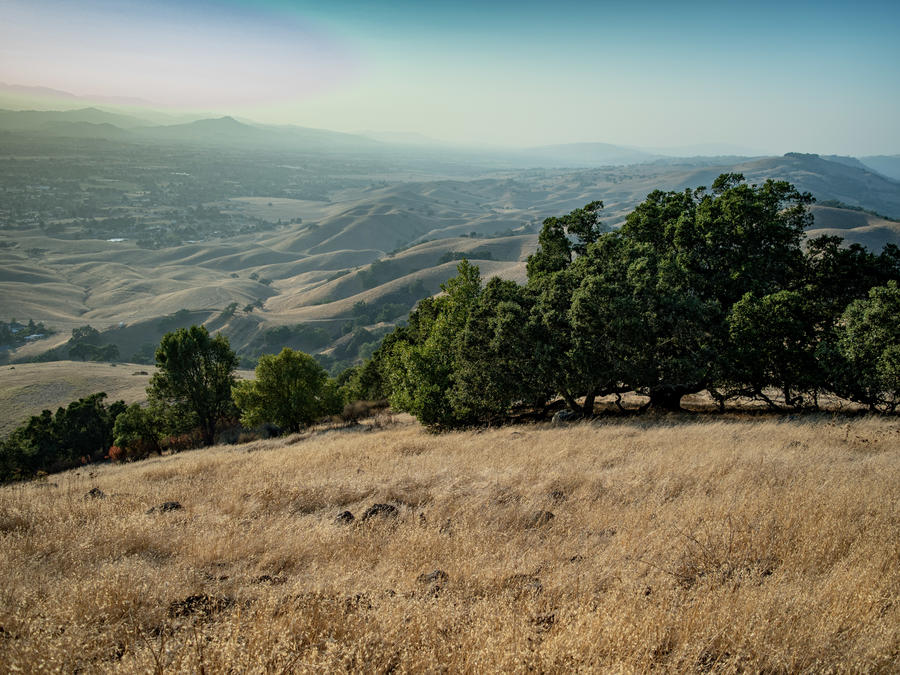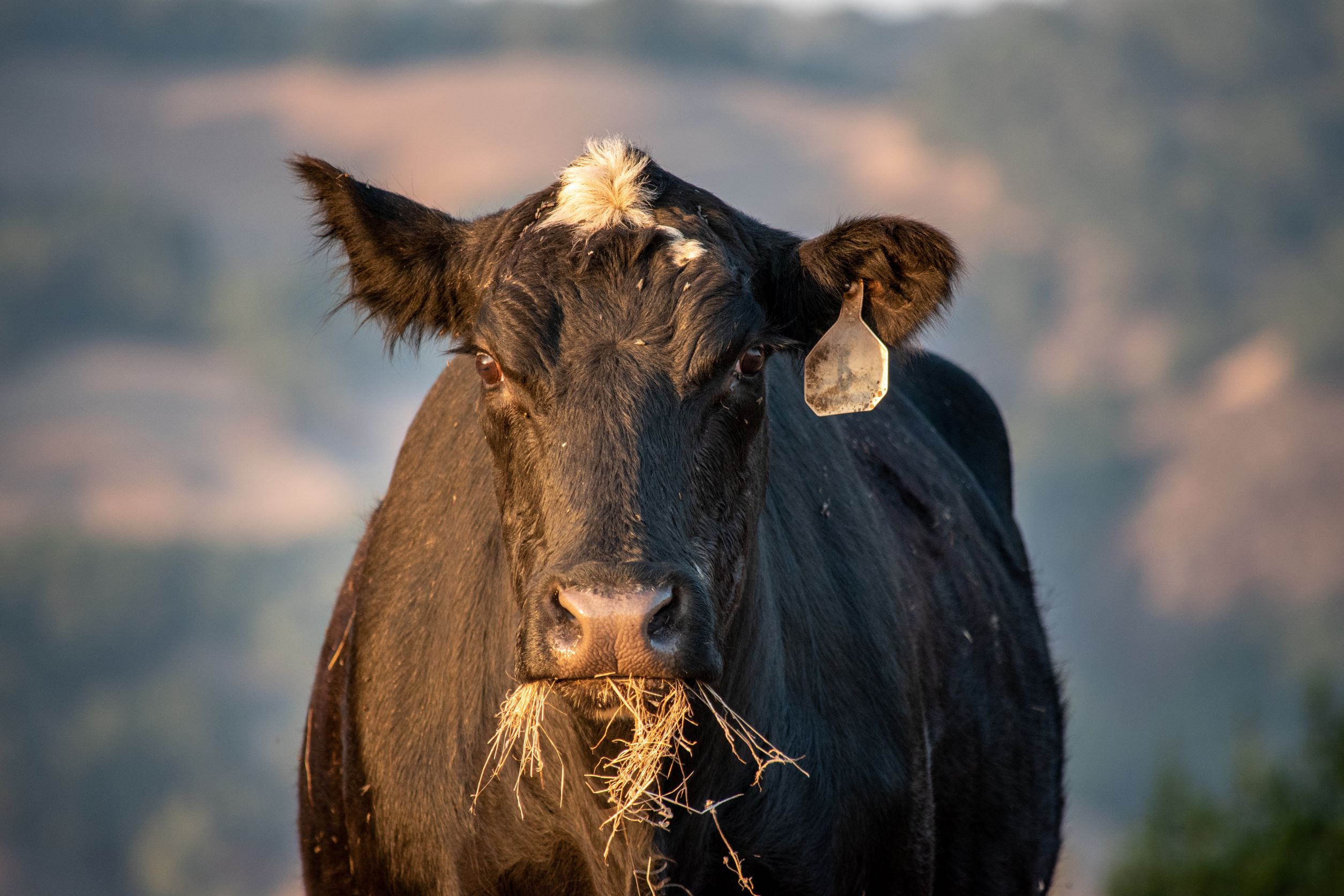Rangeland Management
The grasslands of Santa Clara County are home to a wide variety of plant and wildlife species, including many that are rare or endangered.
Grassland History
California’s grasslands were historically dominated by perennial grasses and other native vegetation. However, European settlement introduced non-native plants and animals, resulting in drastic changes to the natural ecosystem. These introduced, exotic plants spread rapidly by out-competing native plants for light, nutrients, and water. The spread of these exotic species poses a serious threat to grassland ecosystems within your Regional County Parks.
Rangeland Management
One tool the Parks Department uses to manage non-native species is the Cattle Grazing Program. The Santa Clara County Board of Supervisors adopted the Parkland Range Management Policy on July 22, 1992. The Policy guides management and enhancement of native vegetation, including wildflowers, by allowing cattle’s natural behaviors to facilitate the life cycle of native plants. Cattle eat the annual grasses and non-native species before they flower and go to seed. They also trample and break up the thatch that has built up over time, which opens up the soils and native plants to sunlight, allowing native grasses and wildflowers to germinate.
The Cattle Grazing Program also supports your county parks through:
- Maintaining visitor access and recreational opportunities
- Protecting, conserving, and enhancing natural plant communities
- Reducing fire hazards to parklands and private property by managing vegetative fuel levels
- Establishing cooperative relationships with adjacent landowners.
This science-based program is monitored throughout the year by the Department’s Natural Resource and Park Ranger staff. Staff monitors the effectiveness of cattle grazing by measuring percent coverage of plant species each spring and grasses left after grazing in the summer.
Currently, Santa Clara County Parks have cattle grazing in Coyote Lake-Harvey Bear Ranch, Joseph D. Grant, Ed R. Levin, Santa Teresa, and portions of Calero County Parks.
Staying Safe Around Cattle
Cattle are large animals but are not aggressive by nature. If threatened, cattle can respond in a potentially dangerous manner. Use common sense around cattle and remember the following:
- Keep pets on leash AT ALL TIMES. Cows can't always distinguish between a dog and coyote and may feel threatened as the dog approaches. Loose, barking dogs can easily harass or injure livestock.
- Try not to startle cows. Keep your distance and walk around groups of cows.
- Not all animals with horns are bulls, nor are they naturally inclined to charge you.
- Cows are protective of their young, so don't get between a calf and its mother and don't try to touch them. If you see a stray calf, leave it alone -- its mother is probably nearby. Walk around the cattle as much as possible.
- The movement of cattle in the rainy season may leave trails uneven with deep holes. Manure produced by cattle, combined with the possibility of rough terrain, means you should watch your step while hiking near cattle.
- Leave gates as you found them. If you go through a closed gate, close it behind you.
- If you see an animal in distress, do not attempt to intervene; instead, note the location of the animal and report it to park staff.

